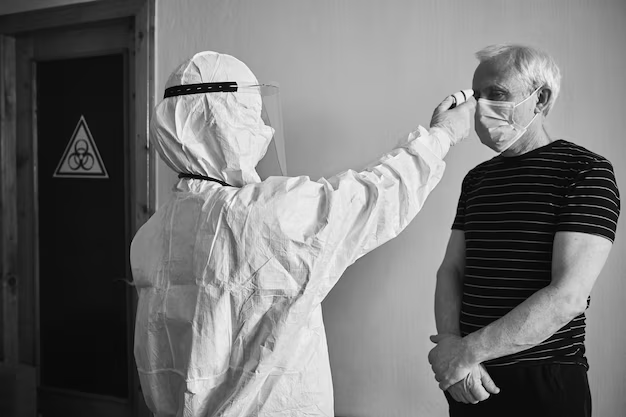Discovering Mold in Your Apartment: Easy Steps to Diagnose and Address
Moving into a new apartment is always exciting, filled with the promise of a fresh start. But what happens when the ambiance is dampened by a musty odor or mysterious discolorations on the walls? Discovering mold can not only spoil the experience but also pose health risks. Whether you're a tenant or a concerned homeowner, knowing how to identify mold early on can prevent larger issues down the line.
Identifying Possible Signs of Mold
Before testing, it's crucial to recognize the subtle hints that mold may be present:
- Musty Smell: A persistent, damp odor is often the first clue.
- Visible Growth: Look for black, green, or even white fuzzy patches on walls, ceilings, and other surfaces.
- Water Stains and Discoloration: Brown or yellow spots, especially around water fixtures, can indicate hidden mold.
- Health Symptoms: Pay attention to persistent coughing, sneezing, or skin irritation, especially if these symptoms worsen at home.
If you notice any of these signs, it's time to conduct a mold test.
Simple Methods to Test for Mold
1. Visual Inspection
Start with a simple visual examination. Use a flashlight to inspect less-visible areas like corners and behind furniture. Take photographs of anything suspicious for further investigation or to show potential inspectors.
2. DIY Mold Test Kits
For a more thorough check, consider purchasing a DIY mold test kit from a local home improvement store:
- Surface Testing: Press a sticky film onto the moldy area or swab visible mold and place it in the provided container.
- Air Sampling: Use air pumps in areas where you suspect unseen mold. These will capture spores, which are sent back to a lab for analysis.
These kits are cost-effective and good for initial assessments, but results can be generic.
3. Professional Mold Testing
If uncertainty prevails, hiring a professional mold inspector is advisable. They offer detailed assessments using advanced techniques like infrared cameras and moisture meters, providing peace of mind and clear direction on remediation.
Addressing the Problem
Once mold confirmation is obtained, it's vital to tackle the problem promptly:
- Fix Leaks: The root cause often lies in moisture, so repair any plumbing leaks and ensure proper ventilation.
- Small-Scale Cleaning: If the mold is minor, unscented detergent or a water-and-vinegar solution can work wonders.
- Professional Remediation: For extensive infestations, experts can safely remove mold and prevent future growth.
Understanding mold's threats and remedies not only protects your health but can also prevent financial strains that arise from neglected damage.
Unraveling Financial and Educational Support
Mold testing and remediation costs can add up. Thankfully, various aid programs can alleviate these burdens:
- 🎗️ Government Assistance: Some local governments provide grants or low-interest loans for home repairs, including mold remediation.
- 💳 Credit Solutions: Look for credit cards with low interest rates or special financing offers tailored for emergencies.
- 📚 Educational Grants: For students, many institutions offer grants or scholarships that can help cover living expenses, leaving more of your budget free for essential home repairs.
A proactive approach in recognizing and addressing mold not only safeguards your well-being but also fortifies your financial footing, allowing you to truly enjoy your living space without the specter of mold lurking in the backgrounds.
Explore These Financial Resources:
- 🏠 Home Repair Grants: Check your local government website for available programs.
- 💰 Debt Relief Options: Look into nonprofit credit counseling services for financial advice.
- 🔧 Emergency Repair Loans: Explore local banks or credit unions offering special repair loans.
- 🎓 Educational Assistance: Visit your school’s financial aid office for potential housing-related grants.
Taking early action and making informed decisions can turn this inconvenient reality into a manageable challenge, paving the way for a healthier and more secure home environment.
